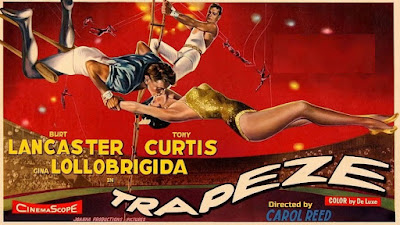On release considered inauthentic but effective; now just inauthentic. Diana Ross, sans Supremes, made a splashy film debut in this MOTOWN produced Billie Holiday bio-pic meant to set up a big movie career that didn’t happened.* Instead, co-stars Billy Dee Williams as glam consort (off the big screen since his 1959 debut) and a barely known Richard Pryor as Billie’s piano man/drug pal, saw theirs take off.* The film has a weird vibe to it, trying to be tough-minded about Holiday’s drug addiction & self-destructive personality while also vamping as star-making vehicle along the lines of Barbra Streisand’s FUNNY GIRL. A trick the film’s three newbie scripters (none ever wrote again) are at a loss to pull off. (No doubt why Billie Holiday [Billie Holiday!!] ends the film belting out [Billie Holiday belting out??] the Fanny Brice/Barbra Streisand standard ‘My Man.’) Director Sidney J. Furie goes all in on ‘truthiness’ and insincerity (shameless even by Hollywood bio-pics standards) and gets a response out of Ross during big out-of-control moments. But given nothing to chew on, she bops & weaves to beat the band. (Faults laid bare next to Pryor’s ability to jive with ants-in-his-pants believability.) Occasionally, when a song fits, like ‘Good Morning Heartache,’ Furie lets John Alonzo’s camera simply watch and things improve considerably. But mostly no more than facsimile Holiday. Then Billy Dee shows up for more tempest-tossed romance and we drop the jazz for Michel Legrand's schlurpy Woman’s-Weepie score, accurately reflecting the film's priorities.
ATTENTION MUST BE PAID/LINK: *Ross follow-ups MAHOGANY/’75 and THE WIZ/’78 put the kibosh on that idea. https://maksquibs.blogspot.com/2017/04/the-wiz-1978.html
DOUBLE-BILL/LINK: *Williams & Pryor’s underrated next big period piece BINGO LONG STARS/’76. https://maksquibs.blogspot.com/2021/07/the-bingo-long-traveling-all-stars-and.html


































